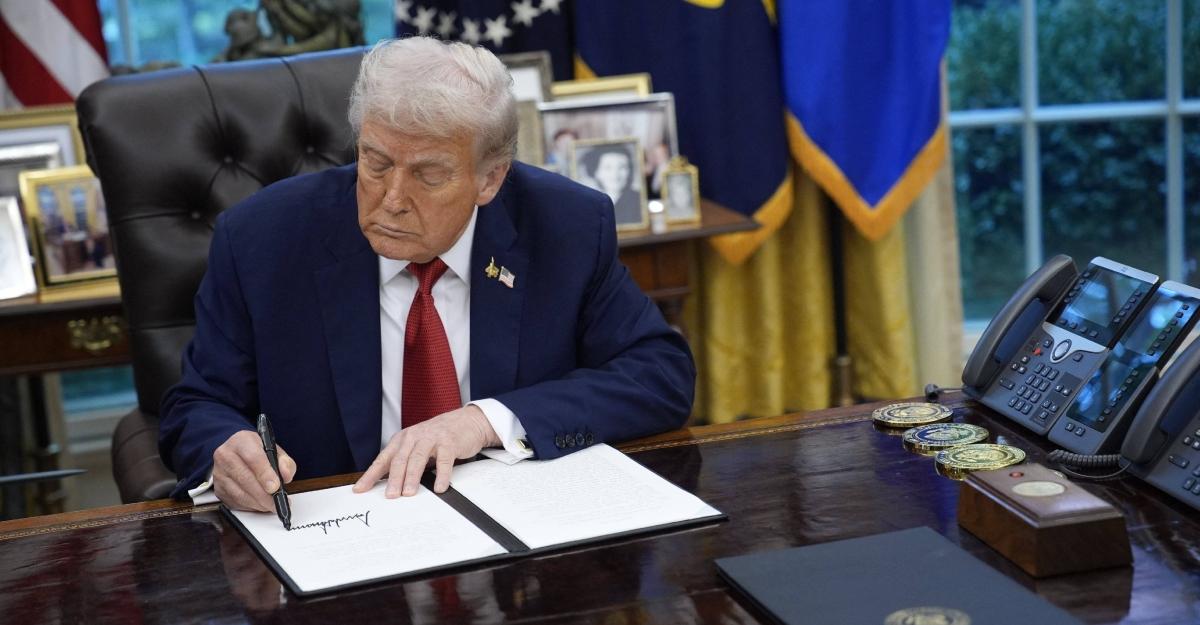The U.S. Won't Be Making Any More Pennies — Here's Why, and What It Means for Americans
Businesses haven't been given guidance on how to respond to the change.
Published Nov. 12 2025, 4:14 p.m. ET

On Wednesday, Nov. 11, 2025, the last-ever penny was made in Philadelphia, where they've been made since 1793. President Trump ordered the U.S. Mint to stop production of the 1-cent coin, per The Guardian.
Pennies will still be in circulation and legal to use in cash transactions. But why did Trump want to phase out the penny?

Why did they stop making pennies?
In short, pennies cost more to make than they are worth. The cost to make a penny is almost four cents, according to ABC News. It is also becoming less and less necessary in cash transactions as the cost of goods has inflated since the first penny was made 238 years ago. In 1793, you could buy a piece of candy, a candle, or a biscuit with a penny, per The Guardian.
In February, Trump posted on Truth Social, "For far too long, the United States has minted pennies which literally cost us more than 2 cents. This is so wasteful!"
Before minting the final penny, U.S. Treasurer Brandon Beach said, "God bless America, and we're going to save the taxpayers $56 million."
However, the nickel's production-cost-to-value ratio is even higher than the penny's. The nickel costs 14 cents to make, the dime costs less than 6 cents, and the quarter costs almost 15 cents.
What does this mean for businesses?
Although they are no longer being made, there are still billions of pennies in use in the United States. Trump did not provide guidance on how to move forward, and many businesses are worried about how to handle cash transactions if they do not have exact change for customers.
One idea is to round to the nearest nickel, but not giving exact change is illegal in some states and cities, according to CNN. Even if businesses were to take that route, it would cost consumers around $6 million a year, per the Federal Reserve Bank of Richmond.

The executive director of Americans for Common Cents, Mark Weller, said, "By the time we reach Christmas, the problems will be more pronounced with retailers not having pennies."
Weller said that countries like Canada, Switzerland, and Australia have discontinued coins, but they each had guidance on how businesses should handle pricing and cash transactions after the change. He lamented, "We had a social media post [by Trump] during Super Bowl Sunday, but no real plan for what retailers would have to do."
Jeff Lenard from the National Association of Convenience Stores said, "We have been advocating abolition of the penny for 30 years. But this is not the way we wanted it to go."
When U.S. Treasurer Brandon Beach minted the final penny, he noted that the half-cent was discontinued in 1857. The penny outlived the half-penny by 168 years.
The final few pennies ever made will be auctioned off.